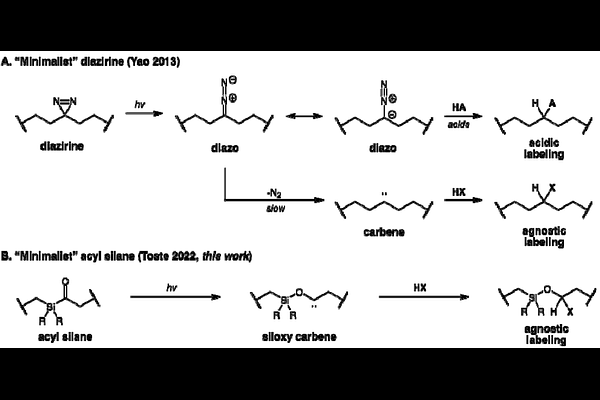Development of Second-Generation Acyl Silane Photoaffinity Probes for Cellular Chemoproteomic Profiling

Development of Second-Generation Acyl Silane Photoaffinity Probes for Cellular Chemoproteomic Profiling
Page, A. C. S.; Orr, L. M.; Meyers, M. L.; Belcher, B. P.; Coffey, T. G.; Scholz, S. O.; Cismoski, S.; Nomura, D.; Toste, F. D.
AbstractDeconvolution of the protein targets of hit compounds from phenotypic screens, often conducted in live cells, is critical for understanding mechanism of action and identifying potentially hazardous off-target interactions. While photoaffinity labeling and chemoproteomics are long-established approaches for discovering small-molecule-protein interactions in live cells, there are a relatively small number of photoaffinity labeling strategies that can be applied in intracellular settings. Recently, we reported a novel chemical framework for photoaffinity labeling based on the photo-Brook rearrangement of acyl silanes and demonstrated its ability, when appended to protein-targeting ligands, to label recombinant proteins. Here, we report the application of these probes to live cell photoaffinity workflows, demonstrate their complementarity to current state-of-the-art minimalist diazirine-based photoaffinity probes, and introduce a modular synthetic route to access acyl silane scaffolds with improved labeling properties.